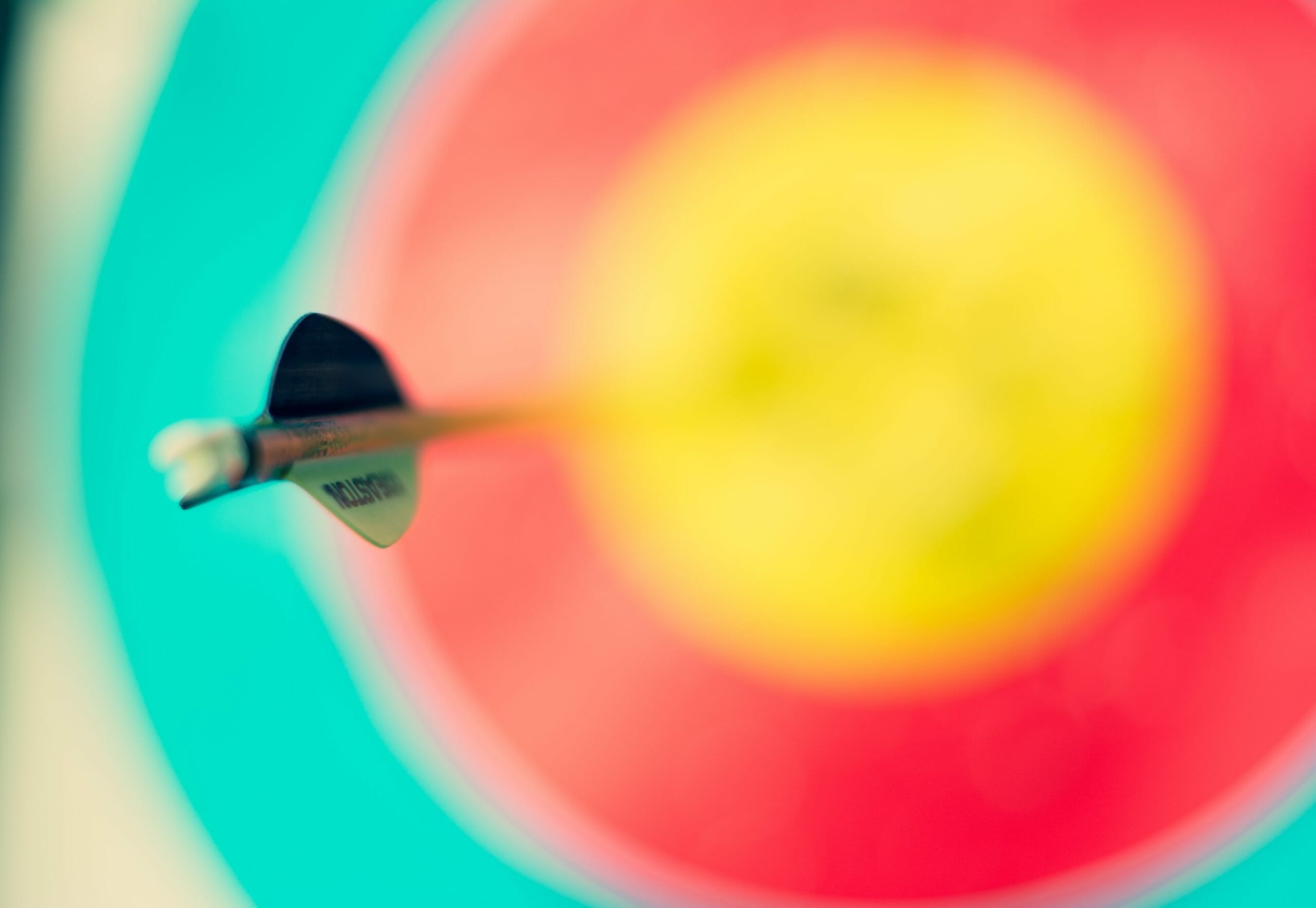Guest Post
JUL 27, 2023
The pitfalls of misapplying customer-centered design in product development teams
Product Leader, Amjad Sidqi, explains how collaboration between product, design, and engineering teams is essential to ensure the appropriate application of user-centred design principles.








Comments
Join the community
Sign up for free to share your thoughts